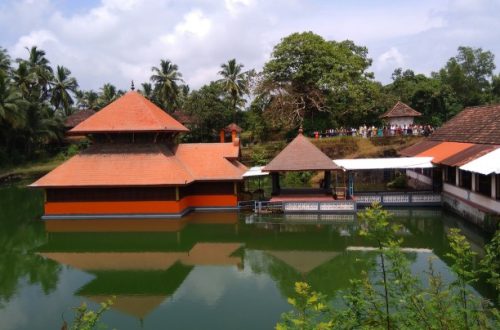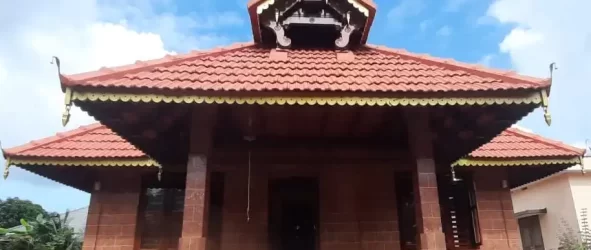
History of Tharavad

History of Mangi Illam Tharavad and Worshipping Korathi Amma
Altogether 8 Tharavad of Mangi Illam merged together at Narayanamangalam, Kumbla on March 22 2021 to form one big Tharavad. Here are those 8 Tharavad.
1. Kodikal(Originally from Nellikatte/Naikap), Mangalore, Karnataka – Originally was started by Late Smt. Manu at her maternal house Naikap(Present Narayanamangalam)
2. Shakthinagar, Mangalore, Karnataka
3. Akashabhavan, Mangalore, Karnataka
4. Thokkottu, Mangalore, Karnataka
5. Betchampadi, Mangalore, Karnataka
6. Puttur, Karanataka
7. Kumble, Kerala
8. Kasargod, Kerala
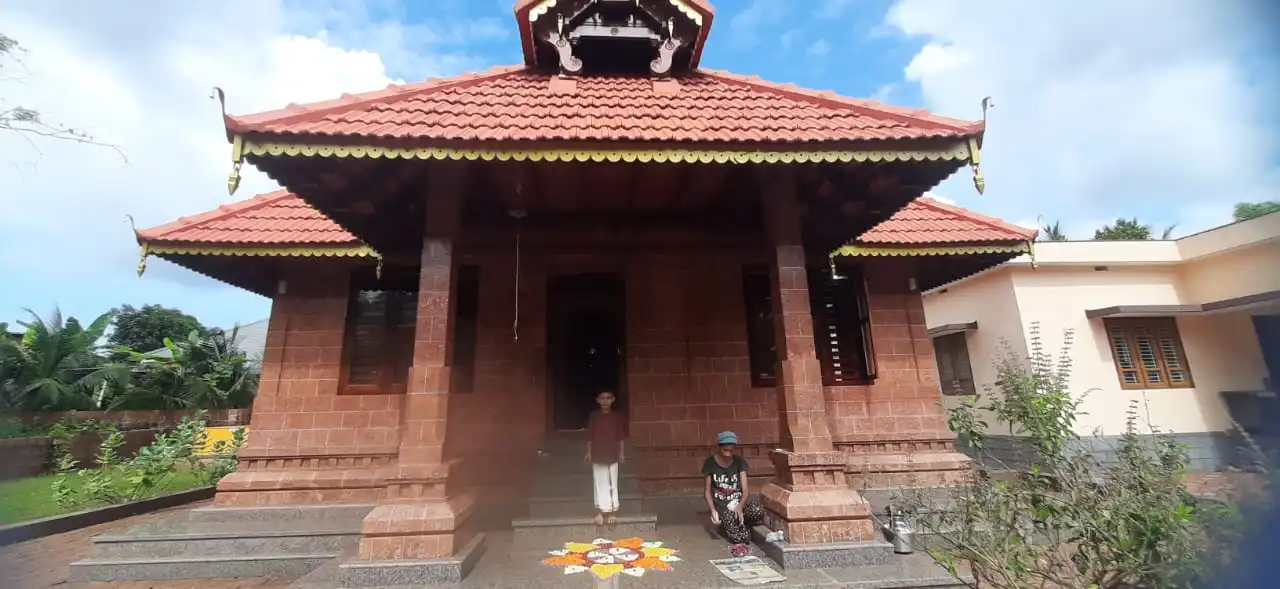
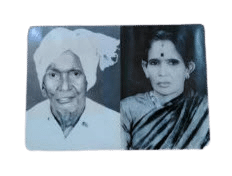
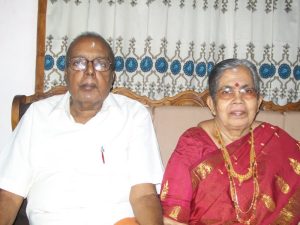
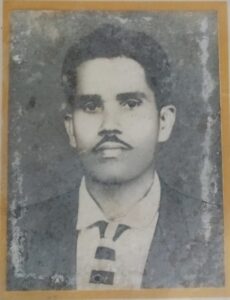

Types of Daivas in Tulunadu and Kerala
Thurston counts among the best known deities “Brahmeru, Kodamanitaya, Kukkintaya, Jumadi, Sarala Jumadi, Pancha Jumadi, Lekkesiri, Panjurli (a divine boar), Kuppe Panjurli, Rakta Panjurli, Jarandaya, Urundarayya, Hosadevata (or Hosa Bhuta or Posa appe), Devanajiri, Kalkuḍa, Tukkateri, Guliga, Babbariya (or Bobbaraya), Neecha, Duggalaya, Mahisandaya, Varte, Koragajja, Chamundi, Baiderukulu, Ukkatiri, Kallurti, Shiraadi, Ullalthi, Okkuballala, Korddabbu, Ullaya, Korathi, Siri, Mantridevathe, Rakteshwari, Istadevathe and Odityay. The Bhutas are supposed to belong to different castes. For example Okkuballala and Devanajiri are Jains, Kodamanitaya and Kukkinataya are Bunts, Kalkuda is a smith, Bobbariya is a Māppilla, and Nicha a Koraga.” Some of them are ancestral spirits such as Bobbariya, Kalkuḍa, Kallurti, Siri, Kumar Koti and Chennayya. Some are deified wild animals such as the boar – Panjurli (the female counterpart is Varte Paanjurli) or the tiger – Pilichaṇḍi.
Some butas are Androgynous such as some instances of Jumadi who is represented as female below the neck (breasts), but with a male head sporting a mustache. There are anthropomorphic butas, zoomorphic ones, and mixed forms (such as the Malaraya of Kodlamogaru, Kasargod, who has the head of a wild boar and the body of a woman).
Depending on the significance of the people who worship them, butas or daivas can be family deities (kuṭuṃbada buta), local or village deities (jageda buta, uruda buta), or deities associated with administrative units such as manorial estates (guțțus), groups of estates (magane), districts (sīme) or even small kingdoms (royal butas or rajadaivas)
Bhuta Worship Types
The Bhūta worship of South Canara or Tulunadu is of four kinds, kōla, bandi, nema, and agelu-tambila.
Kola
Demi god dancing, is offered to the Bhutas in the sthana of the village believed that which they are supposed to reside.
Bandi
Bandi is the same as kola, with the addition of dragging about a chariot, on which the one who is representing the Bhuta is seated; most often, he is from the nalke, pambada or ajala communities.
Nema
Nema is a private ceremony in honour of the Bhutas, held in the house of anyone who is so inclined. It is performed once in every year, two, ten, fifteen, or twenty years by well-to-do families.
Agelu-tambila
is a kind of worship offered only to the family people, wherein rice, dishes, meat, alcohol are served on plantain leaves and offered to spirits, deities, departed forefathers annually or once wishes are completed.
Videos of Korathi Amma’s Kola
Kola at Place A
Kola at Place B
Kola at Place C
Kola at Place D
Kola at Place E




